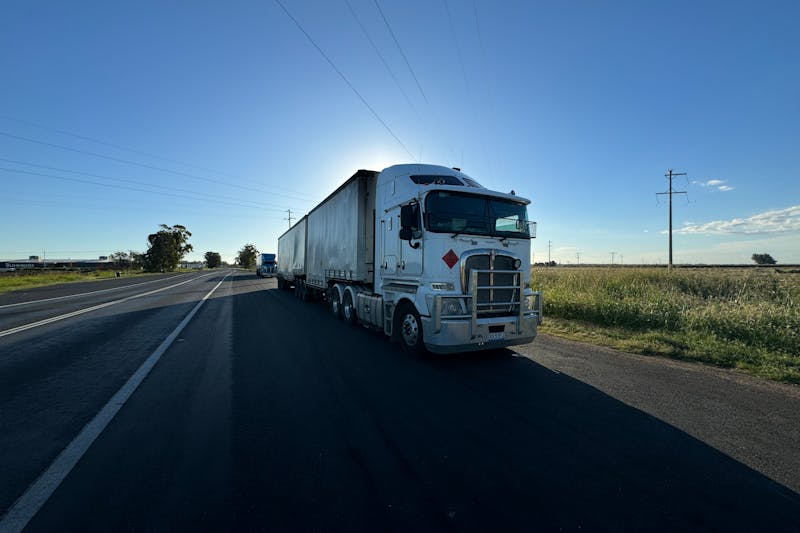Evidence Destroyed in Tennessee Railroad Accident
Recent events make it imperative that people who are injured in train wrecks need to act extremely fast to preserve video evidence. Routinely, railroad companies keep surveillance footage of their tracks and trains as they run routes. This surveillance footage can be invaluable to a person attempting to establish what happened in any particular train collision with a vehicle or pedestrian. Oftentimes, the event unfolds quickly, the train is big, and moving at a very high rate of speed. Due to these circumstances it is often very difficult for witnesses or individuals on the scene to determine what happened or even for the authorities to recreate the scenario in their investigation of the matter. To further complicate matters, railroads like CSX Transportation have a policy in place that video surveillance footage is taped over 96 hours after it’s initially shot. Further, there is no policy in place by the railroad companies to preserve any footage even if the collision involves a fatality.
This is amply illustrated in the case of a Nashville resident who was found dead on the train tracks in East Nashville on May 31, 2008. According to an article in the Tennessean, Michael Redbear’s body was discovered on the train tracks at 9:00 a.m. when a passing railroad conductor saw the body and called 911. CSX officials reviewed their train logs and determined that potentially five trains passed over the body of Mr. Redbear after he was on the tracks. Unfortunately, CSX failed to act quickly to preserve any footage from the event that lead to the demise of Mr. Redbear. The only video that they were able to salvage and turn over to the authorities showed that at least one train passed over his body after he was already killed. This means that despite the fact that they have video surveillance available, they knew of a fatality where someone was likely killed on their tracks, they were alerted of the fatality on the morning it was discovered, CSX failed to preserve any tapes that could show what happened.
From a practical standpoint, this means that people who are injured at the hands of the railroad need to act quickly to preserve their evidence. 96 hours, or four short days, is all that the railroad company will keep surveillance tapes. Despite this being easily accomplished, railroad companies do not have a policy in place to insure that video surveillance tapes are kept when there is a horrific injury or death involved. They apparently make no effort in the first 96 hours to locate and preserve the tapes. Is it because that would be a burdensome chore or because they do not want people to see what actually happened or if they are at fault? This is a classic exmaple of why we make preserving evidence a priority on all of our cases.




![Average Settlement for Car Accidents in Nashville [What to Expect in 2025]](https://www.thehigginsfirm.com/wp-content/uploads/2025/03/car-accident-settlement.jpg)
